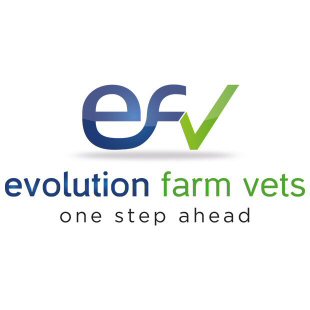Carbohydrates in concentrate feed when an animal eats too much break down quickly reducing rumen pH to ~5, which damages the rumen epithelium. The rumen contents draw water from the damaged tissue by osmosis causing dehydration. The damaged wall is invaded by normal flora (Fusiformis necrophorum) producing mushy necrotic papillae. These papillae are replaced by smooth epithelium closely adherent to submucosa in a process similar to scarring. The invaded bacteria may enter hepatic portal flow and produce focal abscesses in liver which heal with sunken star-shaped scars (barley beef livers which are rejected at meat inspection). Some agents, such as fungi and more persistent bacteria may produce a chronic infection of the rumen wall eg. Mucormycosis. This is characterised by:
- rumen mucosa feels like thick leather
- may penetrate wall and produce peritonitis
- see fungal hyphae using PAS stain
- histologically, see giant cells in addition to sheets of macrophages
- may cause thrombosis and infarction
The rumen has an ability to buffer pH changes to a certain degree, but a pH of 4.5 is considered to be fatal in most circumstances. This is predominantly a disease seen in cattle, with the only known instance in sheep being when transported from Australia to Saudi Arabia due to the abrupt change onto concentrates during transportation
